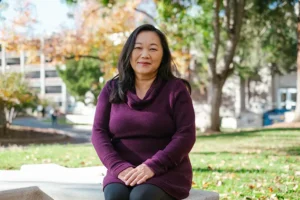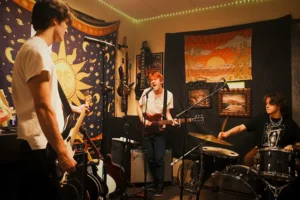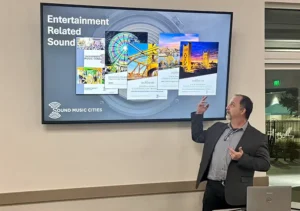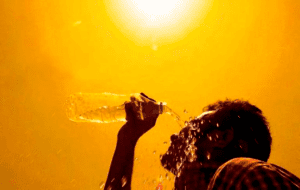It’s a strange moment in climate justice across the country. Earlier this year, the Trump administration dismantled several key climate and equity programs. Now, community groups are scrambling as federal environmental justice grants are being rolled back. However, in Sacramento, many Black-led organizations argue that the work hasn’t stopped, and they have not been directly affected by the federal environmental and climate rollbacks.
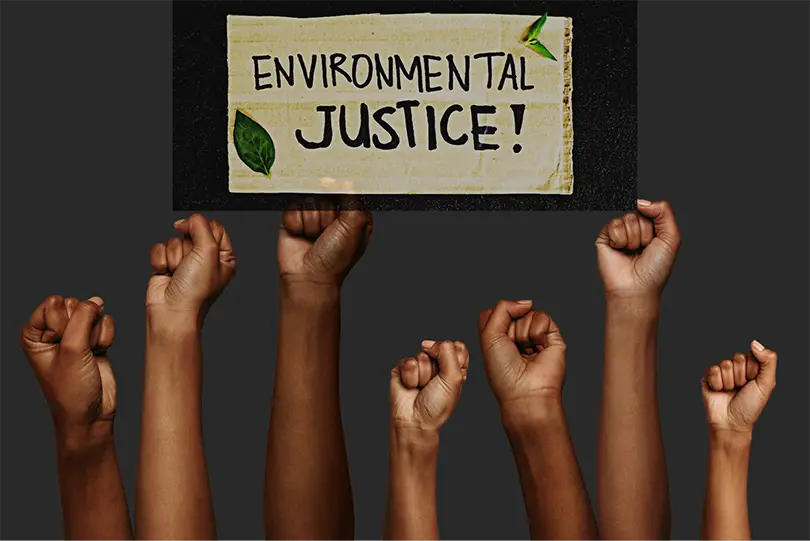
“We don’t receive any federal funding. If we did, we would have been impacted by the dismantling of the EPA,” said Faye Wilson Kennedy, a founding member of the Red Black and Green Environmental Justice Coalition. “Because we’re in California, we have a fairly good state EPA and we have a fairly good health system protecting people.”
For grassroots groups in states like Louisiana, Texas, and Mississippi, these cuts were devastating. Many relied on federal support to fund clean water projects, legal advocacy, or climate resiliency training. Without that support, entire programs have been paused or shut down.
In California, however, the story unfolds differently.
California has built its own climate and equity infrastructure over the past two decades. From the landmark Assembly Bill 32 Global Warming Solutions Act to CalEnviroScreen, a state tool that maps pollution and vulnerability, California has consistently gone further than the federal government in directing resources to frontline communities.
That means groups in Sacramento, from urban farming collectives to environmental justice coalitions, are less dependent on Washington. They receive support through state climate initiatives, regional partnerships, and local philanthropy.
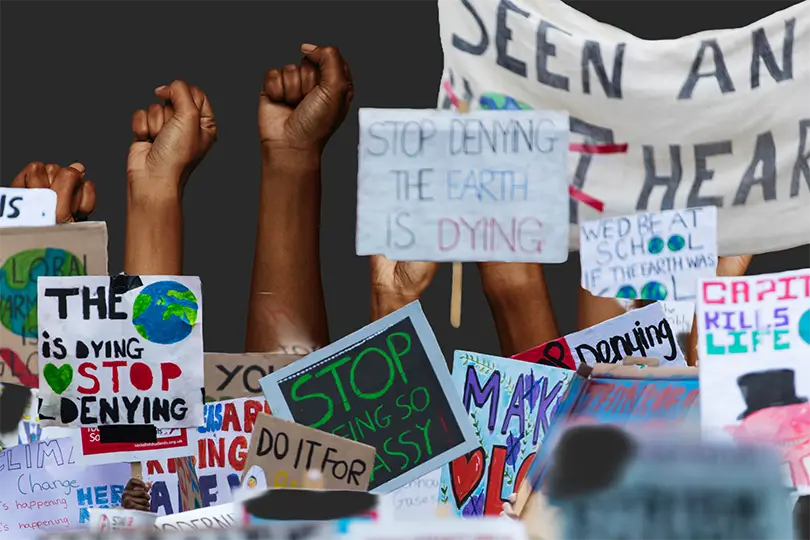
Barry F. Boyd, board member at the Sacramento Environmental Justice Coalition, said his organization, despite state grants, faces indirect effects from the federal rollbacks, such as reduced opportunities for additional funding.
“Fortunately for us, we haven’t been impacted yet because the grants we’ve received are state grants versus federal funding,” said Boyd. “The indirect impact will be the loss of opportunities to apply for additional funding for future projects,” he added.
Co-founder of Yisrael Farms, Chanowk Yisrael, said his farm, which focuses on sustainability and regenerative farming, has not been impacted by the federal rollbacks.
“We are not grant dependent,” Yisrael said. “No one is coming to save us. We are interested in working with others to start up collective responsibility as food organizations are the backbone of our community.”
Jonathan K London, a professor of community and regional development at UC Davis whose research addresses conflicts and collaboration in natural resource management and environmental justice, anticipates California’s climate grants and laws may be affected in the coming years.
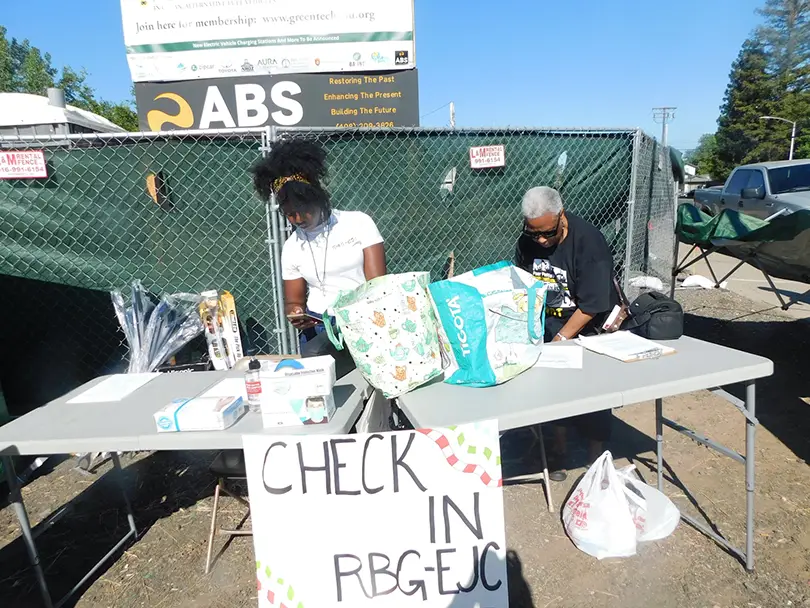
“This administration has shown us that there is no limit to what it’s willing to do to take apart the environmental regulatory state and structure, whether those are federal laws or its control of what state governments can do,” London said. “So I think the state is absolutely under threat.”
London suggested the state should not backtrack on environmental protections, even though the national mood is against it.
In a press release published by the Red Black and Green Environmental Justice Coalition and the Sacramento Poor People’s Campaign, these groups vehemently opposed the current administration’s dismantling of the EPA.
“Every year, EPA awards more than $4 billion in funding for grants and other assistance agreements,” the release stated. “From small nonprofit organizations to large state governments, EPA works to help many visionary organizations achieve their environmental goals.”
Kennedy believes the way forward now is to trust in the solidarity of the community and for climate organizations to work together.
“All we have to do now is work in coalition, whether it’s through your church, whether it’s through sororities or fraternities, whether it’s through traditional organizations like NAACP, Urban League, the Black Business Association, they all have a role, because they all will be impacted by these cutbacks,” Kennedy said.
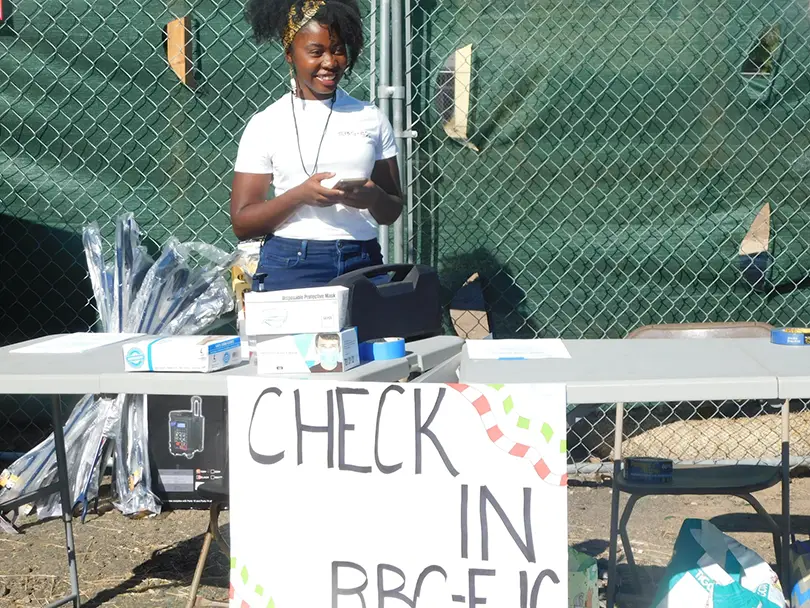
London paints a picture of what our climate might look like in 2030.
“The lines are currently going in the wrong direction,” London said. “There is more carbon that’s going to be emitted in the U.S. through fossil fuel production and related industry. So that’s bad, and so climate disasters will get worse — wildfires, droughts, floods, big storms, and hurricanes.”
He noted, however, that the climate justice movement is going in the right direction.
“So there’s some great, inspiring, effective climate activism that’s happening at grassroots levels. We have really inspiring youth leaders working in the climate justice space,” London said.
London said the ordinary person can also join in climate activism.
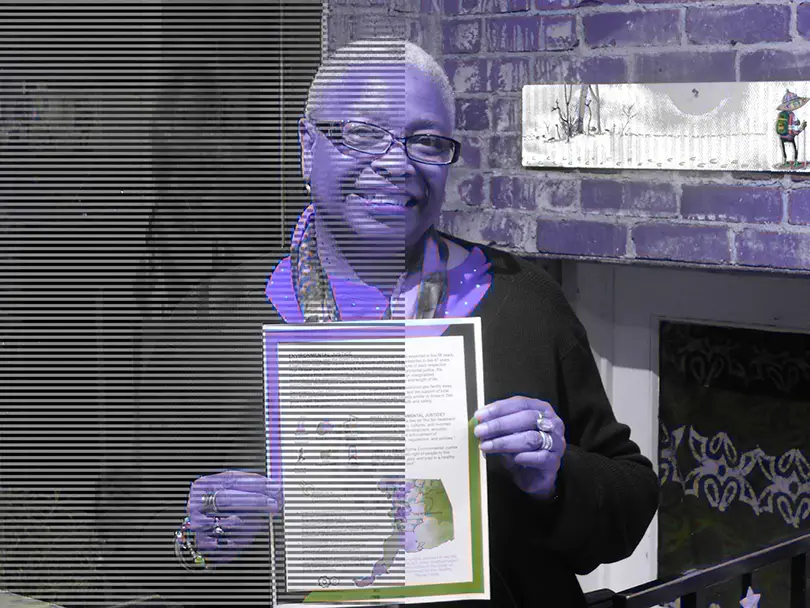
“One thing to do is not to lose hope. You have to keep hope alive,” he said. “Educate yourselves on climate change and don’t believe it’s a hoax.”
He advised that people should engage more in tree planting. He encouraged the younger generation to take classes that address climate justice and environmental sustainability.
“All of these things are good to do,” he said, “but the big shift we need is political to demand a return to a sane climate policy. So vote, get involved, write letters, go to protests.”
He offered climate organizations possible strategies to cope in these tumultuous times. He recommended they partner with universities that can help with research and technical assistance. He also said no climate and environmental organization should be in isolation.
“This is not the time to stand alone. This is the time for connection and solidarity across borders,” London said.
This story is part of the Solving Sacramento journalism collaborative. Our partners include California Groundbreakers, Capital Public Radio, Hmong Daily News, Russian America Media, Sacramento Business Journal, Sacramento News & Review and Sacramento Observer. Support stories like these here, and sign up for our monthly newsletter.
By Neenma Ebeledike


